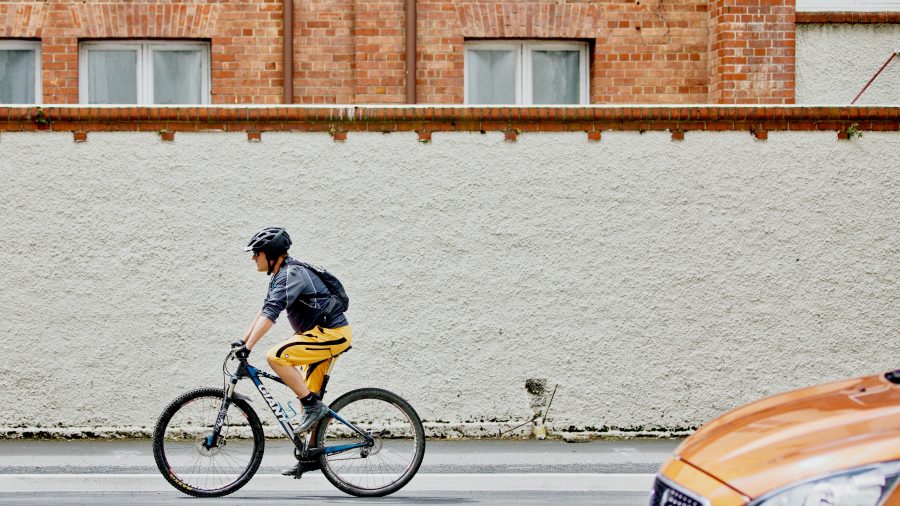Sydney is not an easy city for most cyclists. There are few bicycle paths and motorists often claim cyclists block the roads. However, research shows cyclists don’t slow motorists down and regular cyclists are more likely than car drivers to rate themselves as competent road users.
Don’t cause traffic jams
Some motorists believe cyclists block the roads because of their slower speeds. In turn, cyclists often report what is known as “must get in front” behaviour. This is where motorists do dangerous overtakes, even in dense traffic and even though they are likely to get stuck further ahead.
The recent US study found cyclists reduce car speed by only 1%, which is negligible. Ebikes travel more quickly and they reduce car speed by even less, if at all. Since bicycles don’t block the roads, they don’t cause increased emissions from cars either. (It seems odd to blame cyclists for car emissions, but this happens too.)
The BBC program, Top Gear, held a commuter race in 2007 on a congested route across London. Surprisingly, the bicycle came first, followed by the speedboat, the Tube, then the car. Deliveroo today claims it is quicker to deliver by bicycle than by car.
Is cycling just too risky?
It is curious that cyclists, more than car owners, rate themselves as competent road users. Queensland University of Technology (CARRS-Q), found cyclists were “more confident, less inattentive and more in favour of stricter road laws” than car drivers.
Even so, Australia has one of the lowest rates of cycling in the world. An Austroads survey in 2019 found only 10% of women and 17% of men said they cycled in the previous week. Women commonly state cycling is just too risky. But in places with good cycling infrastructure, like Copenhagen, women are just as likely as men to be ride bicycles.
The joy of cycling
All over the world, people have taken to cycling to get around and authorities have responded with new cycling infrastructure. The City of Sydney created 10 kilometres of pop-up bike lanes, including 6 temporary lanes in the CBD. Melbourne brought forward plans to create 40 kilometres of bike lanes in the CBD.
Transport Findings in May 2020 saw an increase in cycling:
- more cyclists were observed than usual, including new ones
- more children and families were cycling
- new concerns for safety arose (mainly from inexperienced cyclists)
- more new bicycles were purchased.
It will be interesting to see whether these are temporary changes or whether people will return to a more car-centric lifestyle. Already there are more vehicles on the road, as fewer people choose to take public transport. However, for those who have discovered the joy of cycling, it may become a welcome habit.
Remember, bicycles don’t need compulsory third party insurance either.


your opinion matters: